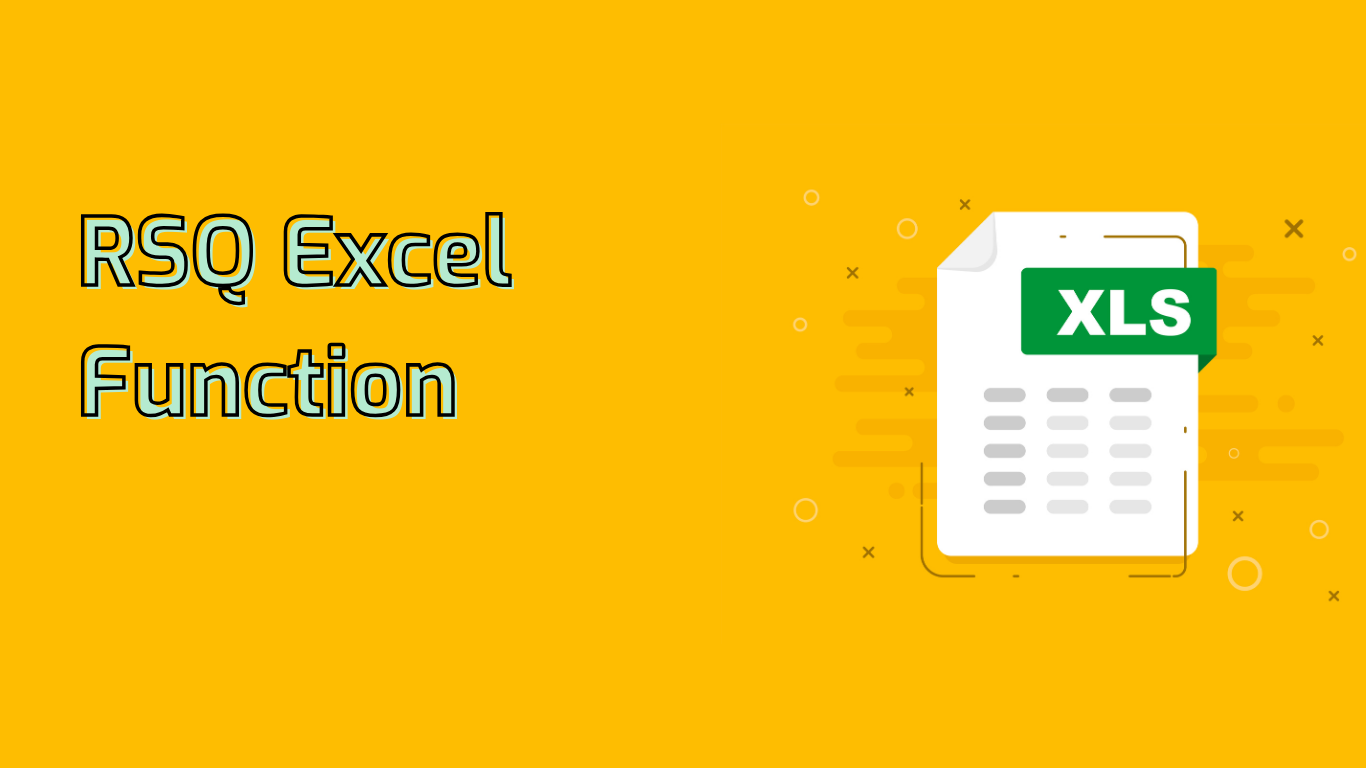
RSQ Function in Excel: Calculating R-squared Values
The RSQ function in Excel calculates the square of the Pearson product-moment correlation coefficient through data points in known_y’s and known_x’s. It returns the R-squared value, a statistical measure indicating how close the data are to the fitted regression line.
Syntax and Arguments
RSQ(known_y's, known_x's)
- known_y’s: An array or range of dependent data points.
- known_x’s: An array or range of independent data points.
Functionality and Use Cases
The RSQ function is particularly useful in regression analysis to determine the goodness of fit of a model. It helps in:
- Determining the strength and direction of a linear relationship between two variables
- Assessing the goodness of fit in regression analysis
- Evaluating the proportion of variance in the dependent variable explainable by the independent variable
Practical Applications
RSQ function finds applications in various fields:
- Financial Analysis: Analyzing relationships between stock prices and financial indicators
- Sales and Marketing: Evaluating the impact of advertising spend on sales revenue
- Quality Control: Assessing correlations between production metrics and defects
- Healthcare: Studying relationships between patient demographics and treatment outcomes
Common Issues and Considerations
When using the RSQ function, be aware of these potential challenges:
- Data Range Mismatch: Ensure both arrays are of equal length
- Non-Numeric Data: The function requires numeric values
- Outliers: Extreme values can skew results
- Interpretation: Understanding the context of the R-squared value
- Assumptions: The function assumes a linear relationship between variables
Compatibility
The RSQ function is supported in Excel versions from 2007 to the latest Microsoft 365, including Excel Online.
By leveraging the RSQ function, users can gain valuable insights into data relationships, aiding in decision-making and strategic planning across various industries and applications.
Leave a Reply